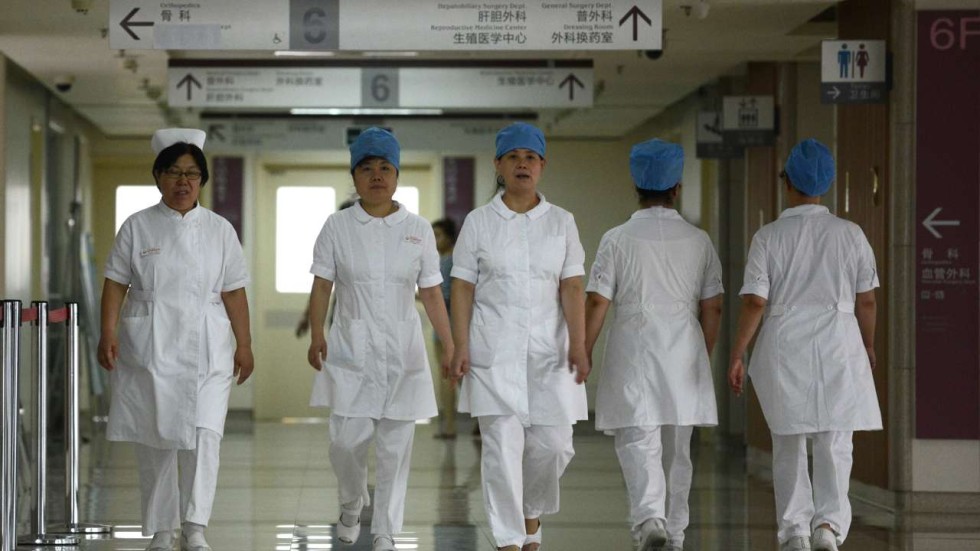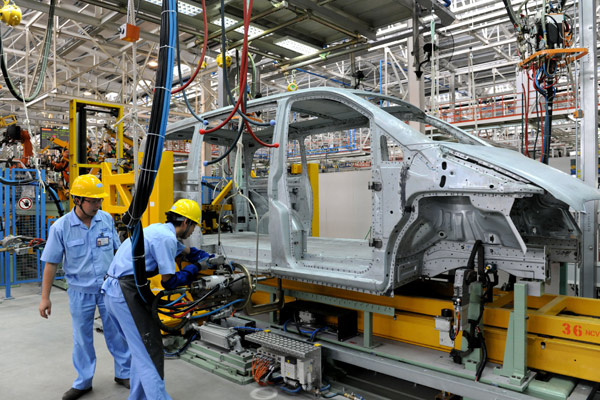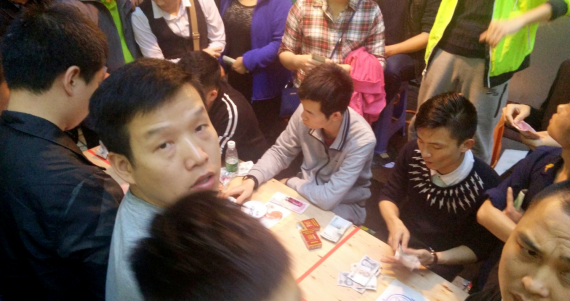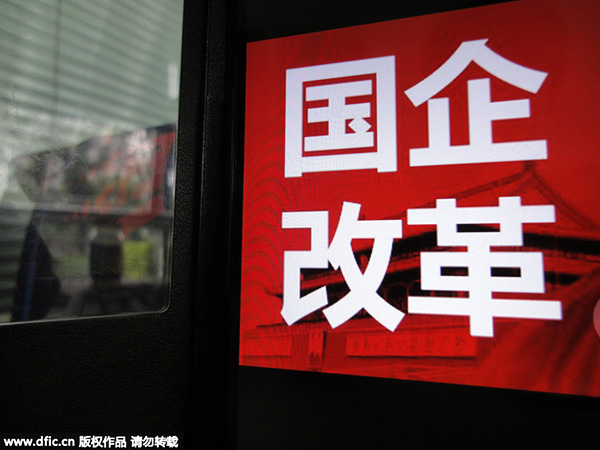After Wanda Deal, Chinese Property Developer Faces Debt Risk — The New York Times
–
–
–
–

–
BEIJING — The Chinese property developer Sunac China Holdings has turned into one of the country’s biggest white knights, swooping in to help troubled companies with too much debt. The risk: Sunac is amassing its own large pile of debt in the process.
Sunac has more than doubled its debt load in a year to $38 billion. Its deal this week to buy a portfolio of theme parks and hotels from the Dalian Wanda Group, the heavily indebted Chinese conglomerate, will add to the tab. At $9.3 billion, the acquisition is larger than the market value of Sunac.
“The problem for Sunac is twofold,†said Peter Fuhrman, chairman of China First Capital, an investment bank. “They themselves are already rather overleveraged and they are not paying distressed prices.â€
Sunac is offering a much-needed lifeline.
For years, China fueled growth by providing easy credit. Chinese companies borrowed heavily, using the money to fund aggressive expansions.
As the economy now slows, companies are increasingly running into financial trouble, with some having to borrow even more to pay their debts. Policy makers are worried that the country’s Passover level of corporate debt could threaten the broader financial system.
Sunac, China’s seventh-largest property developer in terms of sales, has been able to tap into its financial strength to help companies under pressure. Since 2012, Sunac’s property sales have grown at double-digit rates nearly every year, giving it the firepower to scoop up assets and land plots.
Before the Wanda deal, Sunac in January pumped $2.2 billion into LeEco, a tech firm struggling to pay off its creditors. This May, it paid $1.5 billion for an 80 percent stake in Tianjin Xingyao, a property firm known for leaving its projects uncompleted.
In 2015, Sunac made a play to rescue Kaisa, pledging $1.2 billion to take over the troubled property company; it later pulled out after Kaisa did not meet certain conditions for the deal. That same year, it announced a partnership with the cash-poor Yurun Holding Group, which ran a business empire ranging from sausage making to property and finance.
It is a remarkable turnabout for the company’s founder, Sun Hongbin.
Mr. Sun started his career at the Lenovo Group, where he was promoted to run enterprise development. But he had a falling out with Liu Chuanzhi, the founder of Lenovo, over a business dispute. Related to the dispute, Mr. Sun was sentenced in 1992 to five years in jail for misappropriation of public funds.
After his release in 1994, he met with the founder of Lenovo and apologized, according to the website of The People’s Daily, the ruling Communist Party’s official newspaper. The Lenovo founder eventually lent Mr. Sun about $74,000, which he used to start a predecessor real estate firm to Sunac.
Lenovo did not immediately respond to a request for comment.
When Mr. Sun started Sunac in 2003, he focused on the cities of Wuxi and Chongqing and then moved on to China’s most developed cities, among them Beijing, Shanghai, Tianjin and Hangzhou, building apartments with names like Beijing Fontainebleau Chateau. Sunac built its residential projects in good locations near city centers and was aggressive in acquiring land plots — with higher debt.

–
“People who have failed are those who have been defeated by themselves,†Mr. Sun told a newspaper, China Business News, in 2013. “But I often tell others: After you fail, you can start again.â€
With the Wanda deal, Sunac is extending its reach into tourism, paying $9.3 billion for 76 hotels and a major chunk of its 13 tourism projects, in the country’s largest property acquisition ever. The purchase will help Sunac diversify its business, which is hurting from government restrictions on home sales as Beijing seeks to cool a frothy property market. It also strengthens the company’s hand in an industry dominated by bigwigs like the China Vanke Group and Country Garden.
“Within the housing industry, the powerhouses are really strong,†said Lu Wenxi, an analyst for Centaline Properties who is based in Shanghai. “If you don’t gobble up the fat ones, it is easy to be eaten up by others. Taking on more projects will prevent you from being eaten.â€
Investors have rewarded Sunac for the deal. Shares of Sunac rose 14 percent in Hong Kong on Tuesday after they resumed trading after the deal announcement.
But the deal will add to an already significant debt load. In 2016, the company’s net gearing ratio — a measure of total debt to shareholders’ equity — rose to 121.5 percent, from to 75.9 percent in 2015. Fitch Ratings recently downgraded the company’s credit rating to BB-, saying Sunac’s acquisitive approach had made its financial profile “more volatile.â€
Wanda is helping finance the acquisition. Sunac, in a statement to the Hong Kong Stock Exchange on Monday, said Wanda would procure a loan for the company worth about $4.4 billion.
Seller financing is not uncommon, both in China and the West. But Wanda’s role means that Sunac doesn’t have all the money upfront.
“In my experience, I’ve never seen it anywhere,†said Lester Ross, a Beijing-based partner with the law firm WilmerHale, who has advised deals in China for the last 20 years. “No client that I represent would accept a deal like that where you’re responsible for raising the money to pay for somebody else.â€
Sunac did not return multiple calls for comment. The company said in a statement to the Hong Kong Stock Exchange on Tuesday that the deal with Wanda “will add a large number of prime land reserves and property assets for the company at a reasonable cost.â€
The LeEco deal is also prompting concern.
Sunac invested $2.2 billion in LeEco, buying minority stakes in three of the conglomerate’s more stable businesses, including the smart TV affiliate Leshi Zhixin, Le Vision Pictures, and Leshi Internet. The two companies don’t have many overlapping interests, and LeEco’s finances have continued to sour. Before the Wanda deal, shares of Sunac were falling on fears that LeEco’s problems would spread.
In a January news conference, Mr. Sun said many people had tried to dissuade him from investing in LeEco, adding that several were “resolutely opposed†to it.
“I seriously considered their views, but I don’t think their opinions are sufficient to change my mind,†he said.
–
Article as published in the New York Times
–




































